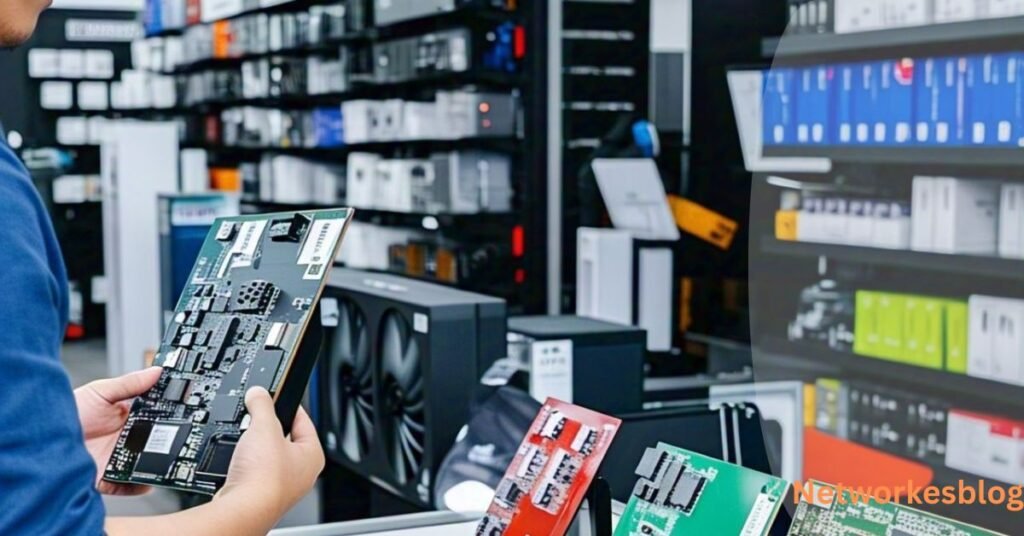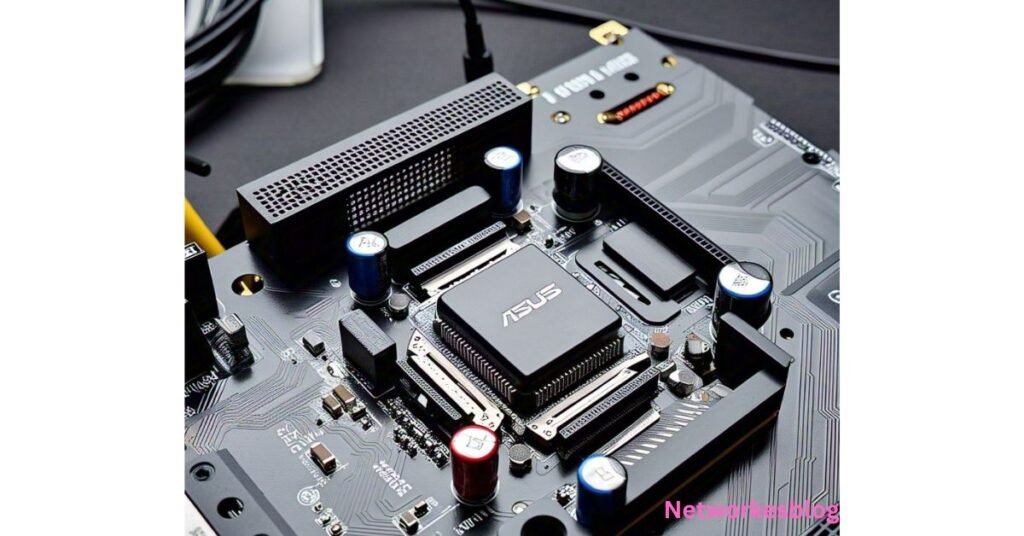Building or upgrading a PC on a budget? One of the most important components you’ll need is the motherboard — the backbone of your system. But with hundreds of options on the market, finding the best budget motherboard can be overwhelming. In this guide, we break down everything you need to know to choose a great, affordable motherboard without compromising on performance or features.
While it may be tempting to spend most of your money on a CPU or graphics card, the motherboard connects and controls every component in your PC. A poor choice can limit your upgrade path, reduce performance, or lead to compatibility issues.
A great budget motherboard gives you:
- Reliable performance for gaming, work, and everyday use.
- Future upgrade paths for CPUs, RAM, and storage.
- Good connectivity (USB ports, Ethernet, audio, and possibly Wi-Fi).
- Long-term value without needing expensive extras.

Before looking at specific models, consider these key factors:
Check the socket type:
- Intel: LGA 1700 (12th, 13th, and 14th-gen CPUs).
- AMD: AM4 (Ryzen 3000, 5000) or AM5 (Ryzen 7000+).
The chipset determines what features your motherboard supports. For budget buyers:
- Intel: H610, B660, B760 are common.
- AMD: A520, B450, B550 offer great value.
- Check for DDR4 vs DDR5 based on your budget.
- Ensure at least two slots, supporting 32GB or more total.
- Look for M.2 NVMe SSD support for fast boot times.
- 4 or more SATA ports is ideal for multiple drives.
- One PCIe x16 slot is needed for a GPU.
- Additional PCIe slots are a plus for Wi-Fi cards or sound cards.
- USB 3.2, HDMI/DisplayPort, and Realtek or Intel Ethernet are common.
- Wi-Fi is usually optional or requires a separate card (unless built-in).
Here are the top motherboards that balance price, performance, and features across both AMD and Intel platforms.
Price: ~$100
Best For: Mid-range Ryzen builds with future-proofing.
- Supports Ryzen 3000 and 5000 series CPUs.
- PCIe 4.0 for GPUs and NVMe SSDs.
- Dual M. 2 slots and 4 SATA ports.
- USB 3.2 Gen1 and HDMI.
- Strong value for money.
- Reliable VRM for light overclocking.
- Great BIOS and stability.
- No onboard Wi-Fi.
Perfect for: Budget-conscious gamers and content creators.
Price: ~$120
Best For: 12th and 13th Gen Intel builds.
Features:
- Supports Intel Core i3 to i9 CPUs.
- DDR5 memory (up to 128GB).
- Wi-Fi 6 and Bluetooth 5.2 onboard.
- One PCIe Gen4 x16 slot.
Pros:
- Modern connectivity with built-in Wi-Fi.
- Clean BIOS interface.
- Great thermals for a budget board.
Cons:
- Only one M.2 slot.
Perfect for: Home and office builds with wireless needs.
Price: ~$65
Best For: Extremely low-budget AMD builds
- Supports Ryzen 3000/5000 CPUs (no APU support for Ryzen 5000)
- DDR4 up to 64GB
- HDMI, DVI, and USB 3.2
- Ultra-low cost
- Decent layout for basic use
- Stable with no-frills design
- No PCIe 4.0
- No VRM heatsinks
Perfect for: Entry-level builds or office PCs.

Price: ~$80
Best For: Entry-level Intel 12th/13th gen setups
- Supports 12th/13th Gen Intel CPUs
- DDR4 RAM (up to 64GB)
- PCIe 4.0 x16, M.2 slot
- HDMI, VGA, and USB 3.2
- Clean design and easy setup
- Reliable ASUS support
- Compact micro-ATX form factor
- No Wi-Fi
- Fewer USB ports than others
Perfect for: Basic productivity systems
Price: ~$55
Best For: Super budget-friendly builds using Ryzen 2000/3000
- Supports up to Ryzen 5 3600
- 2 DDR4 slots (up to 32GB)
- HDMI, DVI, and USB 3.1 Gen1
- One of the cheapest available
- Works well with older Ryzen CPUs
- Simple BIOS
- Limited upgrade path
- Outdated for newer Ryzen chips
Perfect for: Ultra-budget builds with used parts
| Motherboard | CPU Support | Chipset | RAM Type | Wi-Fi | Price |
|---|---|---|---|---|---|
| ASRock B550M Pro4 | AMD AM4 | B550 | DDR4 | ❌ | ~$100 |
| MSI B760M PRO-VDH WiFi | Intel LGA 1700 | B760 | DDR5 | ✅ | ~$120 |
| Gigabyte A520M DS3H | AMD AM4 | A520 | DDR4 | ❌ | ~$65 |
| ASUS Prime H610M-E | Intel LGA 1700 | H610 | DDR4 | ❌ | ~$80 |
| Biostar B450MH | AMD AM4 | B450 | DDR4 | ❌ | ~$55 |
Yes, as long as the CPU is supported by the socket and chipset. Always check the motherboard’s CPU compatibility list.
Sometimes. If your CPU is newer than the motherboard, you may need a BIOS update, especially on AMD boards.
B550 supports PCIe 4.0 and better VRMs (for gaming and overclocking).
A520 is more basic and ideal for simple use.
Yes, many budget motherboards support modern CPUs and GPUs, making them great for 1080p and even 1440p gaming.
Absolutely, as long as it’s paired with a capable CPU and enough RAM, a budget motherboard can handle content creation tasks efficiently.
A good budget motherboard offers reliable performance, essential features, and upgrade potential without breaking the bank. Whether for gaming, work, or everyday tasks, it’s possible to build a powerful and efficient PC using affordable components. Choose a board that fits your needs, and you’ll get great value and long-term usability.
Motherboard Form Factors: A Complete Guide for PC Builders
How to Update BIOS on Gigabyte Motherboard
CPU Compatible with B550 Motherboard: The Ultimate Guide for Builders
